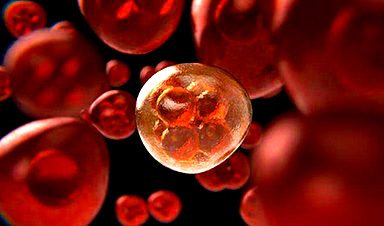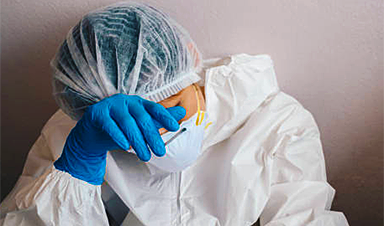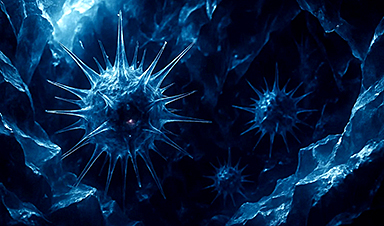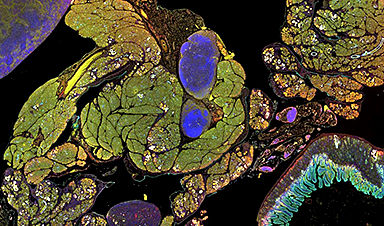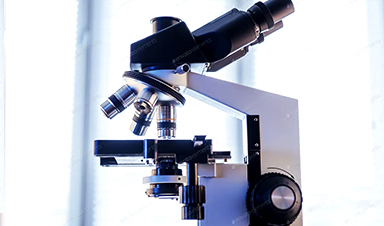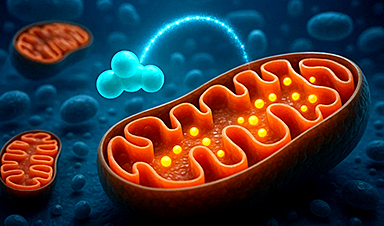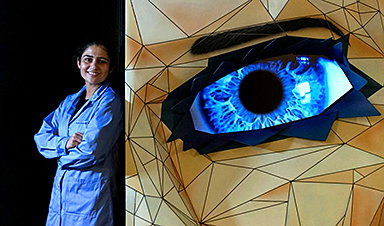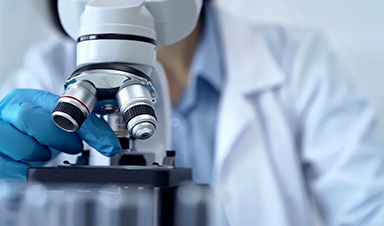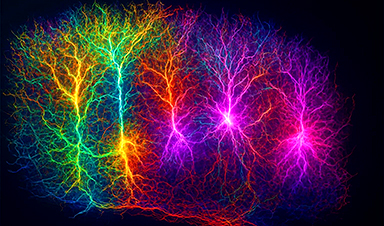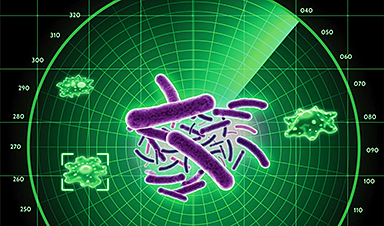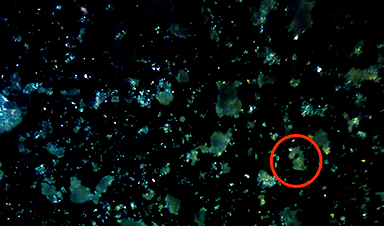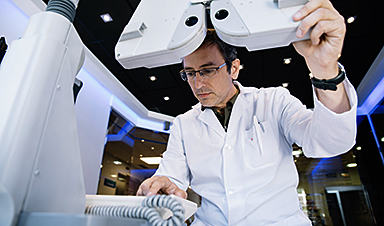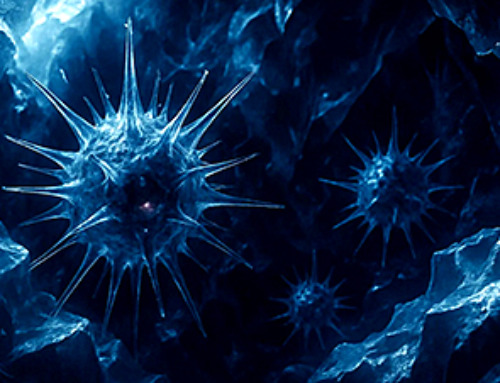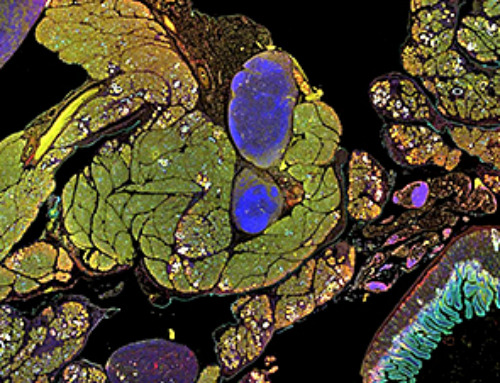Imagine being able to look inside a single cancer cell and see how it communicates with its neighbors. Scientists are celebrating a new technique that lets them study the fatty contents of cancer cells, one by one.
A study led by the University of Surrey has sampled single live cancer cells and measured the fatty lipid compounds inside them. Working with partners at GSK and UCL, and developing new equipment with Yokogawa, the team saw how those cells transformed in response to changes in their environment.
The work appears in Analytical Chemistry.
Dr. Johanna Von Gerichten, from Surrey’s School of Chemistry and Chemical Engineering, noted, “The trouble with cancer cells is that no two are alike. That makes it harder to design good treatment, because some cells will always resist treatment more than others. Yet it has always proven tricky to study live cells after they have been removed from their natural environment, in enough detail to truly understand their makeup. That is why it is so exciting to be able to sample live cells under a microscope and study their fatty contents one by one.”
Individual pancreatic cancer cells were lifted from a glass culture dish using Yokogawa’s Single Cellome System SS2000. This extracts single live cells using tiny tubes 10 µm across—about half the diameter of the thinnest human hair.
By staining the cells with fluorescent dye, the researchers could monitor lipid droplets (stores of fatty molecules inside cells, thought to play an important role in cancer) throughout the experiment.
Then, working with partners at Sciex, researchers developed a new method using a mass spectrometer to fragment the lipids in the cells. This told them about their composition.
The researchers demonstrated that different cells had very different lipid profiles. They also saw how lipids in the cells changed in response to what was going on around them.
“We are really excited to work with scientists from all over the UK to apply this to other types of cells, to better understand infection, immunity and other phenomena as part of our new national facility for single and sub-cellular “omics,” SEISMIC,” Professor Melanie Bailey said.
“We are also part of an International Atomic Energy Agency program, which is exploring the effects of irradiation on cells. We will be working with researchers from all over the world to understand why some cancer cells resist radiation treatment.”
Dr. Carla Newman, Associate Director, Cellular Imaging and Dynamics at GSK, observed, “Our new method paves the way for studying cancer cells in detail we’ve never seen before. One day, we might be able to see how individual cancer cells communicate with their neighbors. That could unlock new, more targeted treatments. It’s great to see universities and industry come together to produce such ground-breaking research.”
More information: Untargeted single-cell lipidomics using liquid chromatography and data-dependent acquisition after live cell selection, Analytical Chemistry (2024). DOI: 10.1021/acs.analchem.3c05677
Journal information: Analytical Chemistry
Provided by University of Surrey
News
Studies detail high rates of long COVID among healthcare, dental workers
Researchers have estimated approximately 8% of Americas have ever experienced long COVID, or lasting symptoms, following an acute COVID-19 infection. Now two recent international studies suggest that the percentage is much higher among healthcare workers [...]
Melting Arctic Ice May Unleash Ancient Deadly Diseases, Scientists Warn
Melting Arctic ice increases human and animal interactions, raising the risk of infectious disease spread. Researchers urge early intervention and surveillance. Climate change is opening new pathways for the spread of infectious diseases such [...]
Scientists May Have Found a Secret Weapon To Stop Pancreatic Cancer Before It Starts
Researchers at Cold Spring Harbor Laboratory have found that blocking the FGFR2 and EGFR genes can stop early-stage pancreatic cancer from progressing, offering a promising path toward prevention. Pancreatic cancer is expected to become [...]
Breakthrough Drug Restores Vision: Researchers Successfully Reverse Retinal Damage
Blocking the PROX1 protein allowed KAIST researchers to regenerate damaged retinas and restore vision in mice. Vision is one of the most important human senses, yet more than 300 million people around the world are at [...]
Differentiating cancerous and healthy cells through motion analysis
Researchers from Tokyo Metropolitan University have found that the motion of unlabeled cells can be used to tell whether they are cancerous or healthy. They observed malignant fibrosarcoma [...]
This Tiny Cellular Gate Could Be the Key to Curing Cancer – And Regrowing Hair
After more than five decades of mystery, scientists have finally unveiled the detailed structure and function of a long-theorized molecular machine in our mitochondria — the mitochondrial pyruvate carrier. This microscopic gatekeeper controls how [...]
Unlocking Vision’s Secrets: Researchers Reveal 3D Structure of Key Eye Protein
Researchers have uncovered the 3D structure of RBP3, a key protein in vision, revealing how it transports retinoids and fatty acids and how its dysfunction may lead to retinal diseases. Proteins play a critical [...]
5 Key Facts About Nanoplastics and How They Affect the Human Body
Nanoplastics are typically defined as plastic particles smaller than 1000 nanometers. These particles are increasingly being detected in human tissues: they can bypass biological barriers, accumulate in organs, and may influence health in ways [...]
Measles Is Back: Doctors Warn of Dangerous Surge Across the U.S.
Parents are encouraged to contact their pediatrician if their child has been exposed to measles or is showing symptoms. Pediatric infectious disease experts are emphasizing the critical importance of measles vaccination, as the highly [...]
AI at the Speed of Light: How Silicon Photonics Are Reinventing Hardware
A cutting-edge AI acceleration platform powered by light rather than electricity could revolutionize how AI is trained and deployed. Using photonic integrated circuits made from advanced III-V semiconductors, researchers have developed a system that vastly [...]
A Grain of Brain, 523 Million Synapses, Most Complicated Neuroscience Experiment Ever Attempted
A team of over 150 scientists has achieved what once seemed impossible: a complete wiring and activity map of a tiny section of a mammalian brain. This feat, part of the MICrONS Project, rivals [...]
The Secret “Radar” Bacteria Use To Outsmart Their Enemies
A chemical radar allows bacteria to sense and eliminate predators. Investigating how microorganisms communicate deepens our understanding of the complex ecological interactions that shape our environment is an area of key focus for the [...]
Psychologists explore ethical issues associated with human-AI relationships
It's becoming increasingly commonplace for people to develop intimate, long-term relationships with artificial intelligence (AI) technologies. At their extreme, people have "married" their AI companions in non-legally binding ceremonies, and at least two people [...]
When You Lose Weight, Where Does It Actually Go?
Most health professionals lack a clear understanding of how body fat is lost, often subscribing to misconceptions like fat converting to energy or muscle. The truth is, fat is actually broken down into carbon [...]
How Everyday Plastics Quietly Turn Into DNA-Damaging Nanoparticles
The same unique structure that makes plastic so versatile also makes it susceptible to breaking down into harmful micro- and nanoscale particles. The world is saturated with trillions of microscopic and nanoscopic plastic particles, some smaller [...]
AI Outperforms Physicians in Real-World Urgent Care Decisions, Study Finds
The study, conducted at the virtual urgent care clinic Cedars-Sinai Connect in LA, compared recommendations given in about 500 visits of adult patients with relatively common symptoms – respiratory, urinary, eye, vaginal and dental. [...]
